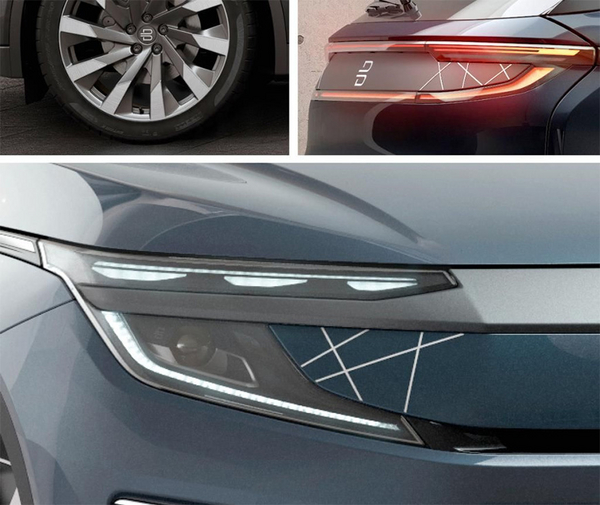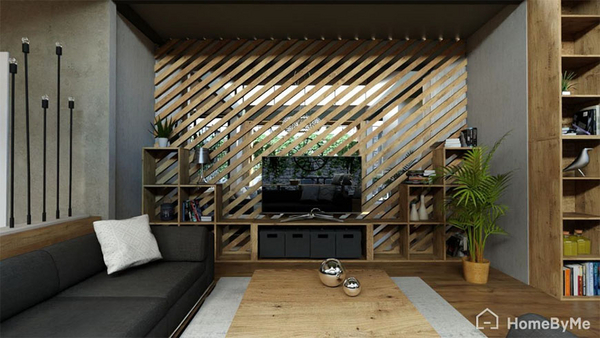
Dassault Systèmes provides businesses and people with 3DEXPERIENCE® universes. Through these universes, sustainable innovations are tangible; our users can harmonize product, nature, and life. One crucial element in this is simulating the appearance of products before production. Stakeholders evaluate, improve, and market the appeal of new products well in advance of manufacturing them. By creating the highest quality visual simulations, rendered images and videos are produced effectively with Stellar Physically Correct, the Dassault Systémes Global Illumination renderer.
On a basic level, Stellar Physically Correct addresses two types of scenarios, which come with different requirements:
- In interactive modeling and review scenarios, users aim for reliable rendering results that are as interactive as possible. For example, a surface designer must continuously check the model’s surface appeal – and timely feedback is essential. In another example, during management reviews, which often happen on high-resolution displays, reliable images need to be generated within a few seconds, or ideally, interactively. Interactive feedback of renderings is often more important than optimization, in the sense that final images are usually not yet required.
- In other scenarios, many images or videos need to be generated as quickly as possible – often overnight. Examples are standardized, routine investigations, such as rendering specific views of products in development, pre-configured images and camera flights, or batches of images for product variants. These batch rendering scenarios aim at optimizing the throughput of the system. The time between submitting a render job and receiving the rendered image is less important. In these scenarios, users hardly look at intermediate render results.

To address the need for highly realistic and reliable rendering in both scenarios, Stellar Physically Correct implements rendering based on path tracing. Path Tracers simulate the interaction of light and matter by tracing a large number of light rays through a virtual scene. This process considers the reflection of light off geometry surfaces and the scattering of light through geometry volumes. Solving for such simulations requires a combination of carefully chosen rendering algorithms and hardware-accelerated software libraries. These run on high-performance devices like GPUs or multi-core CPUs. Computations can either be executed locally or remotely, either on a single machine or if more computing power is necessary – a cluster of computers.

To provide optimal rendering performance, Stellar Physically Based is built on a strong foundation. It includes performance-optimized software libraries offered by leading hardware suppliers and Dassault Systemes partners. Leveraging the performance of state-of-the-art CPUs optimally, Stellar Physically Correct utilizes several Intel® oneAPI Rendering technologies:
- Intel® Threading Building Blocks employ multi-threading to use the multiple CPU cores embedded in modern CPUs. It is one decisive factor for scaling efficiently on today’s multi-core CPUs – which offer more than 100 cores on a single socket.
- Intel® Embree is one of the critical components of accelerating path tracing (computing intersections of rays and surfaces). Functioning as a hardware optimized ray-triangle intersection library from Intel, it allows Stellar Physically Correct to achieve optimal ray tracing performance across all the different generations of CPUs. Specifically, those from Intel and AMD, with their varying instruction sets, cache sizes, core counts, and clock frequencies.
- Intel® Open Image Denoise, drastically reduces the effort to compute noise-free images. This Deep Learning AI Denoiser from Intel allows the acceleration of rendering times by large factors if unbiased rendering accuracy is not imperative.

These libraries make rendering performance on CPUs and CPU clusters very competitive in combination with precise rendering algorithms. Tests in HPC centers, and by customers, show excellent scalability of Stellar Physically Correct. Even CPU for clusters with more than 100 nodes, or equivalently, thousands of CPU cores, benefit from interactive and batch rendering.
More details about CPU rendering capabilities and performance of Stellar Physically Correct are available in this talk by Jan Meseth, R&D Technology Stellar Physically Correct Director.

